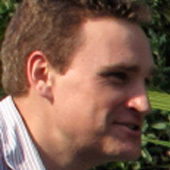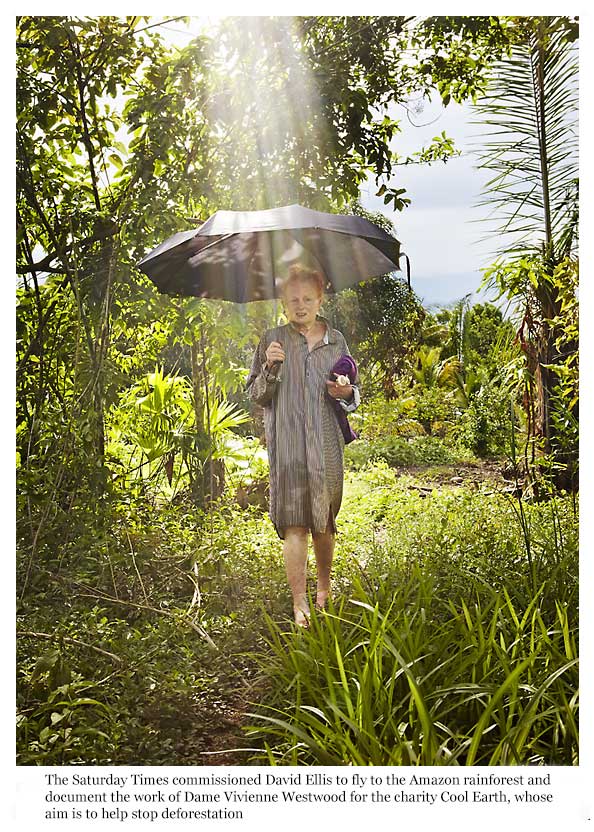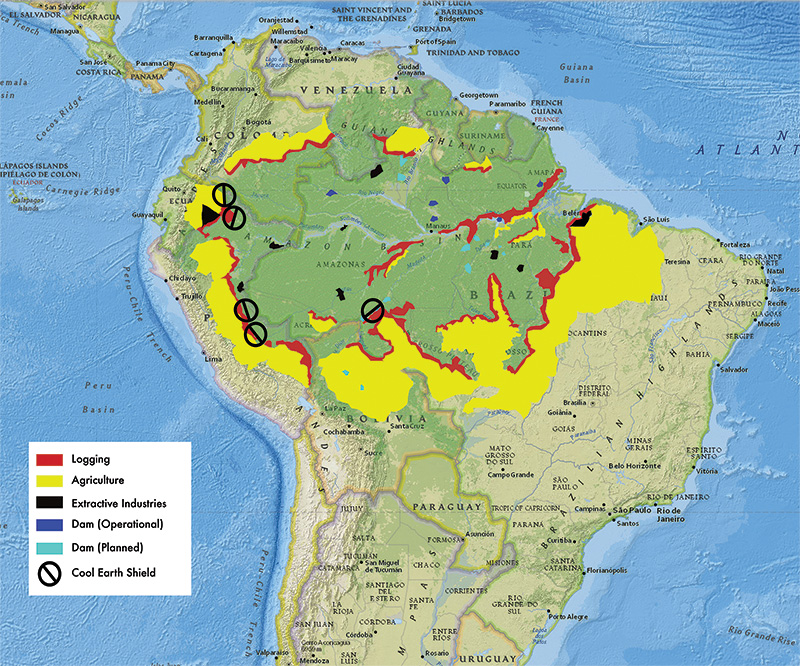Cool Earth – We can save the Rainforest now
Climate Revolution is passionate about saving the Rainforest – it’s one of the very basic things we can do to halt climate change – so it was perfect when Cool Earth approached us over two years ago to help them achieve this goal. Cool Earth is the charity that works alongside indigenous villages to halt Rainforest destruction. You can read more about Vivienne’s trip.
We’d like to tell you a bit about their great work and our on-going association with them. We’ll be following this up with regular guest blogs so you can see how their projects are developing and how you can help us make that happen.
Governments have been talking about saving the Rainforest for 40 years – today only half of it is left. We assume that only governments and big institutions can tackle this problem – from the top down. But Cool Earth has a plan that works: 500 million people live sustainably in the forest ecosystem – Cool Earth arranges legal title to secure the land for indigenous communities who already own it and funds community led projects that strengthen their capacity to resist the threat of illegal logging. These include investments in schools, clinics, micro-credit, co-operatives and safe water supplies. You’ll be hearing more about these projects over the coming months.
By 2020 Cool Earth is confident that the three hotspots of deforestation – the Amazon, the Congo Basin and Papua New Guinea – will see the end of illegal logging, the first step down the slippery slope of deforestation. Cool Earth acts strategically, protecting forests that act as a barrier to millions of acres of Rainforest behind. In order to achieve the project footprint to protect the 60 million most strategic and endangered forest areas by 2020 they need £14 million per year from the end of 2013.
The biggest success so far has been in Peru where illegal extraction is down 12% on 2010 numbers and with the Peruvian government has given responsibility to Cool Earth/National Forestry Programme initiative. Recent peace accords in the Congo are likely to put more pressure on the forests there as refugees return to their homes. This is where Cool Earth is focussing 40% of its effort in 2014. The data is still poor from Papua New Guinea but Cool Earth is now initiating new projects there after a six month delay.
Cool Earth has already directly saved 350,000 acres and protected an additional 3 million acres in the Amazon and is now working alongside 65 Rainforest villages throughout the world (including the new projects in Papua New Guinea and Democratic Republic of Congo), protecting forests that lie directly in the path of chainsaws and bulldozers.
The clever part is that this forest is forming a shield to make the neighbouring forest inaccessible to loggers – saving further millions of acres of forest.
At least 90% of each donation to Cool Earth goes directly to their projects. With this support, Cool Earth can put in place the simple steps that change the fate of at-risk Rainforest and the lives of our indigenous partners.
We know that saving the Rainforest isn’t a new idea. Managing to do it is. Over the last 40 years, half the world’s Rainforests have been destroyed. That’s why Cool Earth decided to go about things differently.
They don’t create reserves or put up fences. They don’t buy land. Instead, they put indigenous people back in control of the world’s most endangered Rainforest. These people have lived in the forest for countless generations. Their homes are now on the frontline of deforestation. They have the most to lose from deforestation. By building better incomes, better schools and better clinics, they give their partner villages the resources they need to keep their forest intact.
We would like to begin our Cool Earth story with a guest blog reviewing their work this past year and plans for 2014: (Cool Earth projects 2013/2014)
A message from Matthew Owen, Director of Cool Earth
 Cool Earth exists to do one thing; works alongside indigenous villages to halt rainforest destruction. It’s a very simple idea that is very complicated to put in to place. Working in regions like the Congo Basin and Papua New Guinea bring their own special challenges and even in Peru and Brazil, a single meeting can still involve a four-day walk.
Cool Earth exists to do one thing; works alongside indigenous villages to halt rainforest destruction. It’s a very simple idea that is very complicated to put in to place. Working in regions like the Congo Basin and Papua New Guinea bring their own special challenges and even in Peru and Brazil, a single meeting can still involve a four-day walk.
But what really takes years to put in place are the partnerships with villages. If you have had twenty logging gangs offering hard cash for your trees, you can understand why you’d be suspicious if we turned up with a contract and camera. That’s why Cool Earth never makes the first move. We instead rely on communities that we have already worked with to explain what we do. And if a new village is interested in creating a forest shield, we’ll support them to get independent advice before we even have a chat.
As you can imagine this makes for a lengthy process. I asked our project team to tot up what it takes to launch a new partnership. On average there are about two thousand emails, 20 community meetings and two months of mapping. Some aren’t so straightforward.
This means that whilst 2013 has been our most exciting year to date, 2014 is going to be extraordinary.
Our tally of community forest now stands at 350,000 acres (up a third), which creates a forest shield to protect over 3 million acres. We are working with sixty-five communities who chose this year to invest in fresh water systems, fish farms, schools, clinics and micro-hydro generation. Village incomes have doubled and not a single tree has been lost to logging. Governments are now incorporating the Cool Earth model into national policies and the World Bank is helping with funding.
All great news and wonderful evidence of what Vivienne and supporters like her have helped achieve.
But the biggest developments of 2013 will only become apparent next year. After two years of hard work, we are about to launch new projects that take the Cool Earth model from South America to Africa and Asia-Pacific. In the Eastern Congo five communities scattered by the civil war will now be saving an extraordinary 600,000 acres of rainforest. In Papua New Guinea, two projects will tackle the twin threats of logging and palm plantations to place a further 170,000 acres into protection. We are still working out how much forest this will shield.
These are big numbers and it means Cool Earth will almost triple in size next year. Our fundraising work stepped up a gear but we still need to raise an extra £1.25 million to create the world’s biggest community rainforest project. But by building better incomes, stronger communities and transparent partnerships, Cool Earth has the only long-term answer to deforestation. As Vivienne says, “it’s our only hope.”





No comments yet